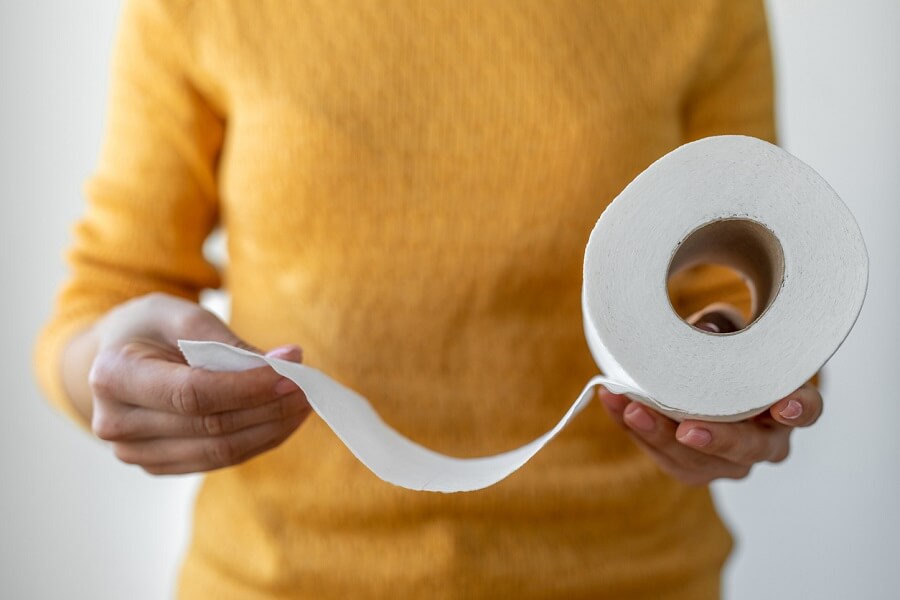In the realm of household essentials, toilet paper is undoubtedly a staple. However, the overuse of toilet paper is a common yet preventable cause of plumbing issues in many homes. Understanding the right amount to use can save you from the hassle and expense of dealing with clogs and other plumbing problems.
The Perils of Overuse
Using excessive amounts of toilet paper can easily lead to clogs in your plumbing system. When too much toilet paper is flushed at once, it can accumulate and form blockages. These blockages are particularly problematic in older plumbing systems or those with narrower pipes, but even modern systems are not immune. Frequent clogs can result in slow drains, unpleasant odours, and in severe cases, sewage backups, which require professional intervention to resolve.
Finding the Right Balance
The key to avoiding these issues is moderation. Typically, using 4-5 sheets per wipe is sufficient for most people. If you feel the need for more, it’s better to flush multiple times during a single bathroom visit rather than trying to dispose of a large amount of toilet paper in one flush. This practice helps prevent the paper from accumulating and causing a blockage. Blockages can result in many common bathroom problems; you can read more about how to identify common bathroom problems here.
The Role of Toilet Paper Quality
Not all toilet papers are created equal. Some are thicker and more durable, which, while comfortable, are less likely to break down quickly in water. Opting for toilet paper that is labeled as septic-safe or designed to break down quickly can be beneficial. These types of toilet paper dissolve more readily, reducing the risk of clogs. However, even with septic-safe toilet paper, moderation remains important.
Practical Tips to Prevent Clogs
1. Educate Household Members: Make sure everyone in your home understands the importance of using an appropriate amount of toilet paper. Children, in particular, might need guidance on this topic.
2. Multiple Flushes: Encourage the habit of flushing more than once during a single use if more toilet paper is needed. This simple practice can significantly reduce the risk of blockages.
3. Routine Maintenance: Regularly inspect your plumbing system and consider professional maintenance. Regular checks can help identify and address potential issues before they become severe problems.
4. Alternative Solutions: Consider using a bidet or wet wipes designed for flushing. These alternatives can reduce reliance on toilet paper altogether. Just be sure that any wipes you use are indeed flushable, as many marketed as such are not truly safe for plumbing systems.
Contact D. Jason Plumbing
The question of how much toilet paper is too much is essential for maintaining a healthy plumbing system. By practicing moderation, choosing the right type of toilet paper, and educating household members, you can avoid the common pitfalls associated with toilet paper overuse.
If clogs persist despite your best efforts, don’t hesitate to contact D. Jason Plumbing to assess and address the underlying issues.
